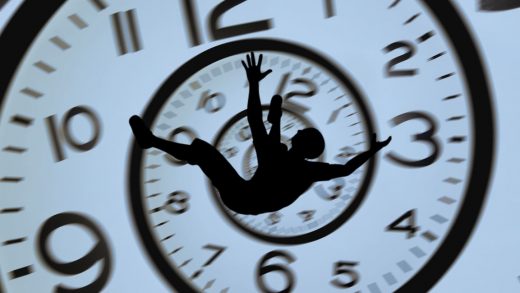Confused about Daylight Saving Time? See how your life could change when it’s forever
On Tuesday, the U.S. Senate, unanimously and with nearly zero debate, passed legislation to make daylight saving time (DST) permanent across the country.
The vote took place two days after lawmakers lost an hour of sleep on Sunday when the clocks sprang forward for DST’s start, which brought with it an extra hour of sunshine for most Americans.
The bill, dubbed the “Sunshine Protection Act,” and drafted by Senator Marco Rubio of Florida, is now headed to the House of Representatives. The swiftness of its passage has surprised many, as Congress is widely regarded as a slow-galloping horse (it took nine months to assemble a second stimulus package during the height of the country’s COVID pandemic, for example). But the mild frustration of an hour less sleep once a year seemed to spur action.
While politicians agree the current system is needlessly confusing, there is less consensus over which of the two schedules we should keep. The bill favors daylight saving; advocates claim the extra daylight late in the day during winter cultivates more economic activity, and curbs traffic accidents and crime during early-evening rush hours.
However, sleep experts argue that from the health perspective, DST should be done away with and standard time (ST) should be year-round. In a public statement following the bill’s passage, the American Academy of Sleep Medicine claimed ST best aligns with human circadian rhythms. Disrupting that rhythm has been linked to increased risks of obesity, cardiovascular disease, metabolic syndrome, and mood disorders.
Permanent DST would also mean darker winter mornings for schoolchildren and many shift workers who have early commutes to their respective activities. And just how much daylight you see would also depend geographically, on where you live within your region’s time zone. (For example, in some areas along the western edges of Eastern, Central, and Mountain time, as well as in Alaska, permanent DST would mean sunrises in December wouldn’t occur until nearly 10 a.m.)
If you’re wondering how all this could look for you, this handy interactive map, created by Axis Maps cartographer Andy Woodruff, lets you see how much always using DST, abolishing it, or leaving the biannual time change unchanged would suck for you (or not!)—based on what you would call a “reasonable” latest sunrise time or earliest sunset time.
(37)



